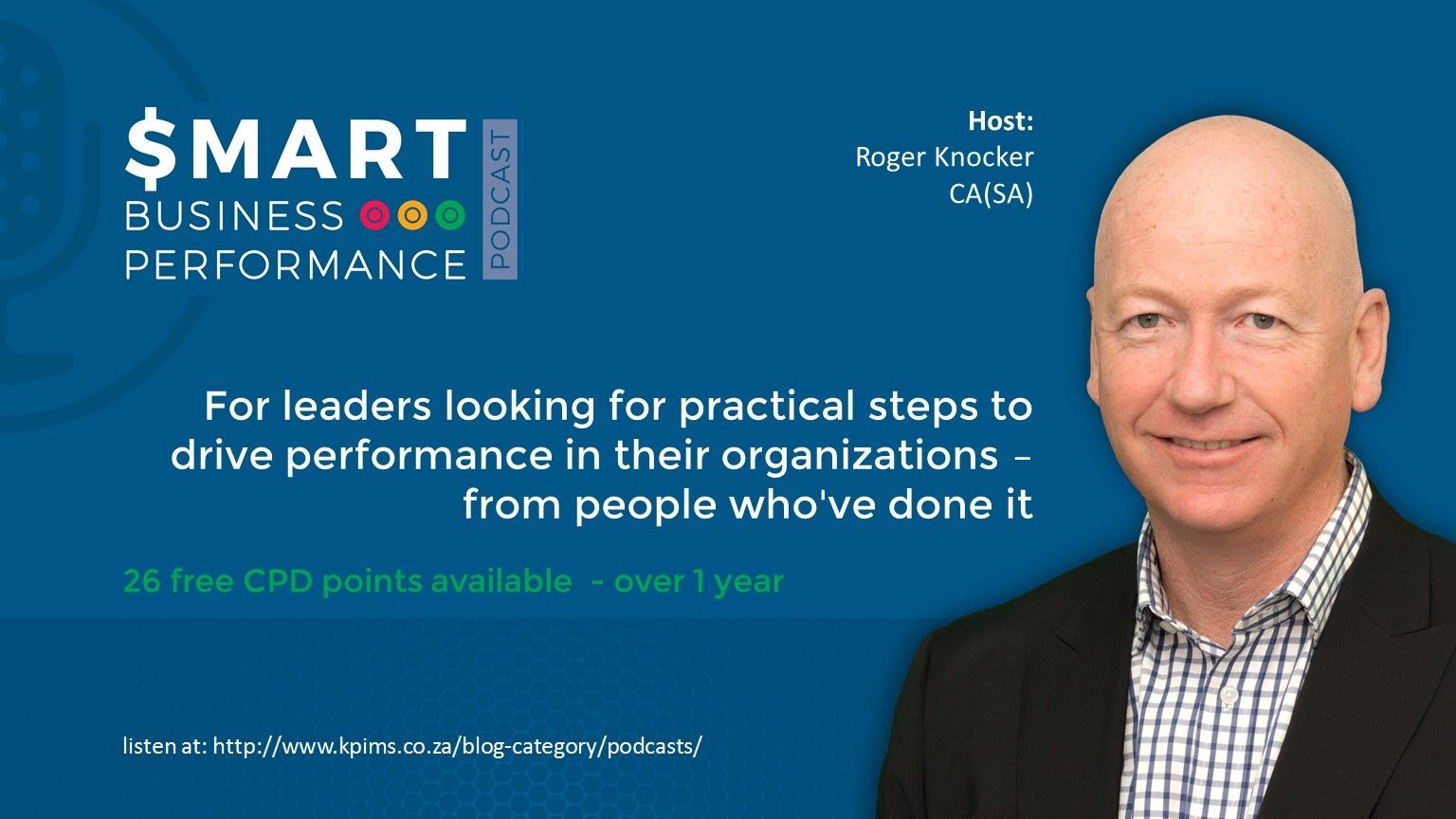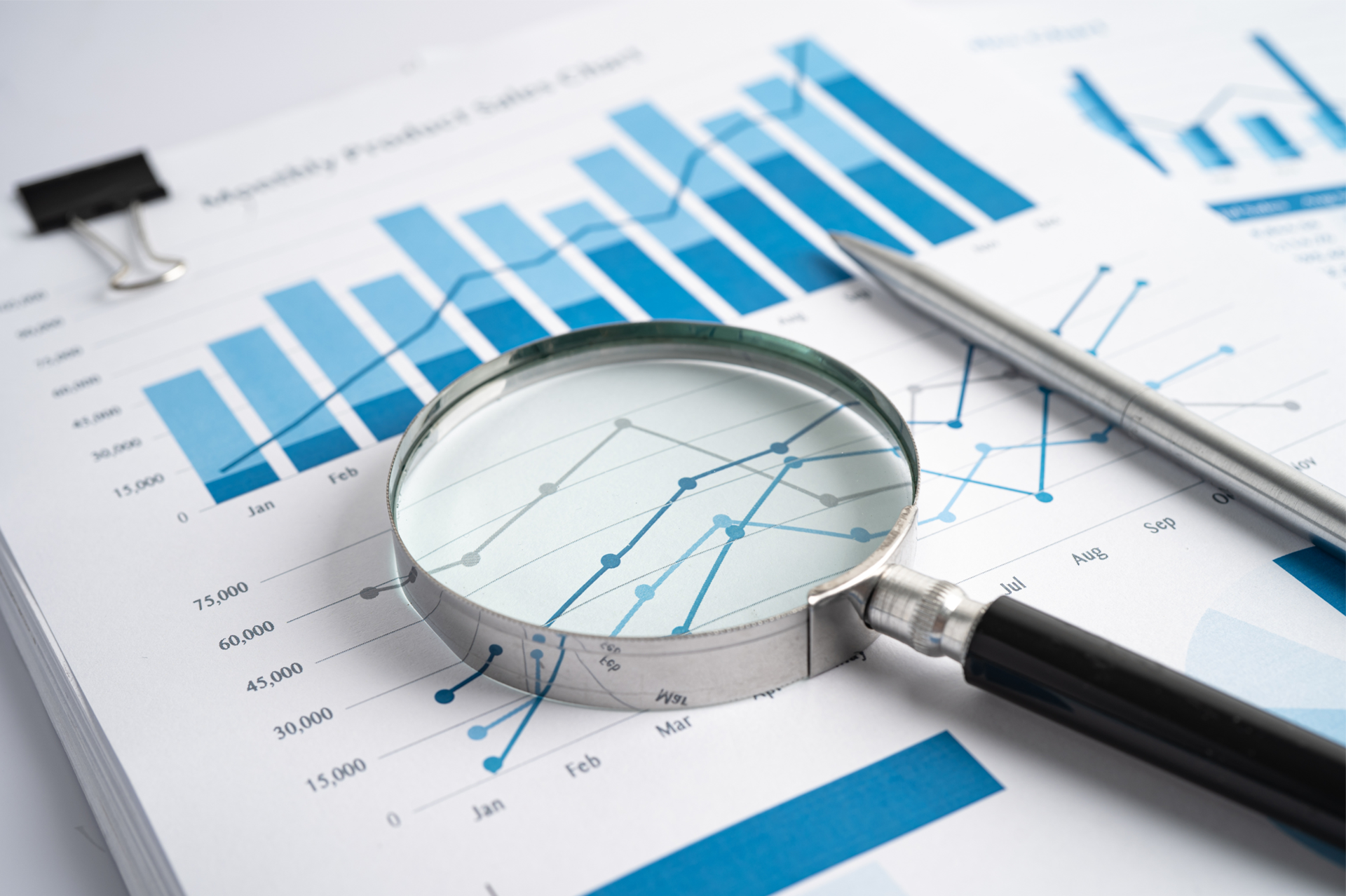SBP000 Smart Business Performance Podcast: Start here for an Overview
Roger Knocker • December 21, 2023
SBP000 Smart Business Performance Podcast: Start here for an Overview

Overview:
Roger interviews business leaders and unpacks the successes they have achieved using the 5Ps:
- Purpose/Planning
- Performance
- People
- Processes & systems
- Projects
It goes beyond the business results and reveals some of the secrets that led to their success. The podcast is filled with insights and tips that you can easily replicate in your own organization.
How the free CPD points work:
- Many professions allow their members to listen to podcasts and claim the time for CPD points. (NB You will need to confirm eligibility of these hours your own professional body – each body has their own rules).
- There must however be evidence of this. We have 2 steps to complete which will enable us to verify that you have listened to the podcast:
2. Each episode has a 4 question quiz and the questions are very simple provided you have listened to the podcast. The questions are not intellectual and you wont be able to guess them, but if you have listened to the podcast, you will find them very easy to answer. If you don’t achieve 75% for the quiz you can retake it until you do. You will immediately get an email with the score which you can keep for your own records.
- In addition to the above documents being emailed to you, we will send out a transcript of all the assessments you have successfully completed which you can submit to your professional body as independent verification.
These are some of the topics planned for the future Podcasts:
1. Purpose and Planning
- Do strategic planning
- Document a strategic plan
- Define a mission statement
- Define a vision statement
- Set stretch targets that are still reasonable
- Integrate your planning across all functions
- Reduce the budget cycle time
- Improve the accuracy of sales forecasts
- Create more relevant costing models
- Improve Revenue planning
- Do Capex planning
- Know what tools can assist with business strategy
2. Performance (Including Data Analytics)
- Identifying the right KPIs for your:
- Business
- People
- Processes
- What to do with KPIs not in a system?
- Automating more KPIs
- What Dashboard tools are out there?
- What BI tools are low cost or free?
- Automating Reports and Analysis
- How to reduce costs in your business without breaking it
- How to get on top of Working Capital
- What is Customer Experience and what value does it add?
3. People Performance
- How to Recruiting smarter
- How to remunerate to enhance performance,
- Methods for Improving the Sales force effectiveness
- How to train to impact performance
- How to make the most of appraisals
- Developing the right capability deliver on the business strategy
- What is the Evolving Role of the Strategic CFO?
4. Process & Systems Optimization
- Where to prioritize your business optimisation efforts,
- How to document your processes,
- How to measure business processes,
- Identifying operational risks,
- How to improve financial controls
- How to monitor Processes and Financial Controls continuously
- Improving Master Data
- How to choose an ERP system
- When do I need to upgrade my ERP system?
- How to quantify the benefits of a new ERP system or more modules of an existing one.
5. Project & Initiatives
- What simple tools are there for managing projects?
- Key skills for non Professional Project Managers to Master
- How to budget for Projects
If there are topics which you would like covered, please add them here

In the world of finance, numbers tell a story. However, that story is often buried beneath layers of spreadsheets and complex datasets. For financial professionals, the challenge is not just about understanding these numbers but also presenting them in a way that drives decision-making and inspires action. Enter data visualisation – the art of transforming data into clear, compelling visuals. Among the tools that have proven especially powerful are the line graph and the waterfall chart. These visuals help finance teams translate dry statistics into impactful narratives. In this article, we explore how these graphs can transform financial storytelling. The Importance of Data Visualisation in Finance Finance professionals are accustomed to handling vast amounts of data, from profit margins and revenue growth to expense tracking and risk assessments. Yet, presenting these figures effectively to stakeholders is a different ballgame. Visualisation simplifies this process, turning complex data sets into accessible insights. When done correctly, data visualisation: Enhances comprehension: Humans process visuals 60,000 times faster than text, making it easier for stakeholders to grasp key information quickly. Drives decision-making: Clear and compelling visuals help executives make informed decisions without wading through dense reports. Highlights trends and outliers: Visual tools can bring hidden trends and anomalies to light, prompting timely actions. Improves understanding and communication with business - Business doesn't always get what Finance is trying to communicate and good visualisations go a long way to bridging the gap. Better communication improves alignment to strategic financial goals. The line Graph: Unravelling Trends Over Time The line graph, also known as a stream graph or a stacked area graph, is a powerful tool for visualising changes in data over time. It is especially effective in showing how multiple categories contribute to an overall trend. In finance, line graphs can illustrate revenue streams, expense categories, or investment performance in a visually engaging manner. Use Case: Revenue Streams Analysis Imagine a financial report for a company with diverse revenue streams, such as product sales, services, and subscriptions. A line graph can display how each stream has evolved, highlighting peaks and troughs. The thickness of each ‘line’ represents the contribution of that revenue stream to the total, making it easy to spot which areas drive growth. Benefits of line Graphs: Trends Made Simple: Displays how multiple components evolve over time. Visual Impact: The fluid, organic design makes it easier to follow changes. Comparative Insight: Helps compare different categories intuitively. The Waterfall Chart: Bridging the Gap Between Figures Waterfall charts excel at breaking down the cumulative effect of sequential data points, making them ideal for financial analysis. They help bridge the gap between figures by showing how individual elements contribute to a total. Commonly used in profit and loss statements, budget analysis, and variance reports, these charts provide clarity in understanding how specific actions impact the bottom line. Use Case: Profit and Loss Analysis A financial analyst preparing a quarterly report might use a waterfall chart to demonstrate how various factors—like increased sales, higher marketing spend, and cost savings—impacted net profit. The chart’s structure, with its clear progression from starting figures to the final result, makes it easy for stakeholders to follow the financial narrative. Benefits of Waterfall Charts: Clarity: Simplifies complex financial data by showing individual contributions to total figures. Transparency: Clearly distinguishes between positive and negative impacts. Decision Support: Helps executives understand the key drivers of financial performance. Choosing the Right Visual for the Right Data Selecting the appropriate visual tool depends on the story you want to tell: Use line graphs for illustrating trends across multiple categories over time. Opt for waterfall charts when you need to detail the step-by-step impact of specific factors on an overall financial figure. By mastering these tools, finance professionals can enhance their storytelling, transforming raw data into insights that drive strategic decisions. Conclusion: From Data to Decisions The ability to visualise data effectively is a powerful advantage. The line graph and waterfall chart are more than just visual aids—they are essential tools for financial professionals looking to make data-driven decisions that resonate with stakeholders. By adopting these techniques, finance teams can turn numbers into narratives that not only inform but also inspire action. In the end, the power of finance lies not just in analysing data but in presenting it with impact.

